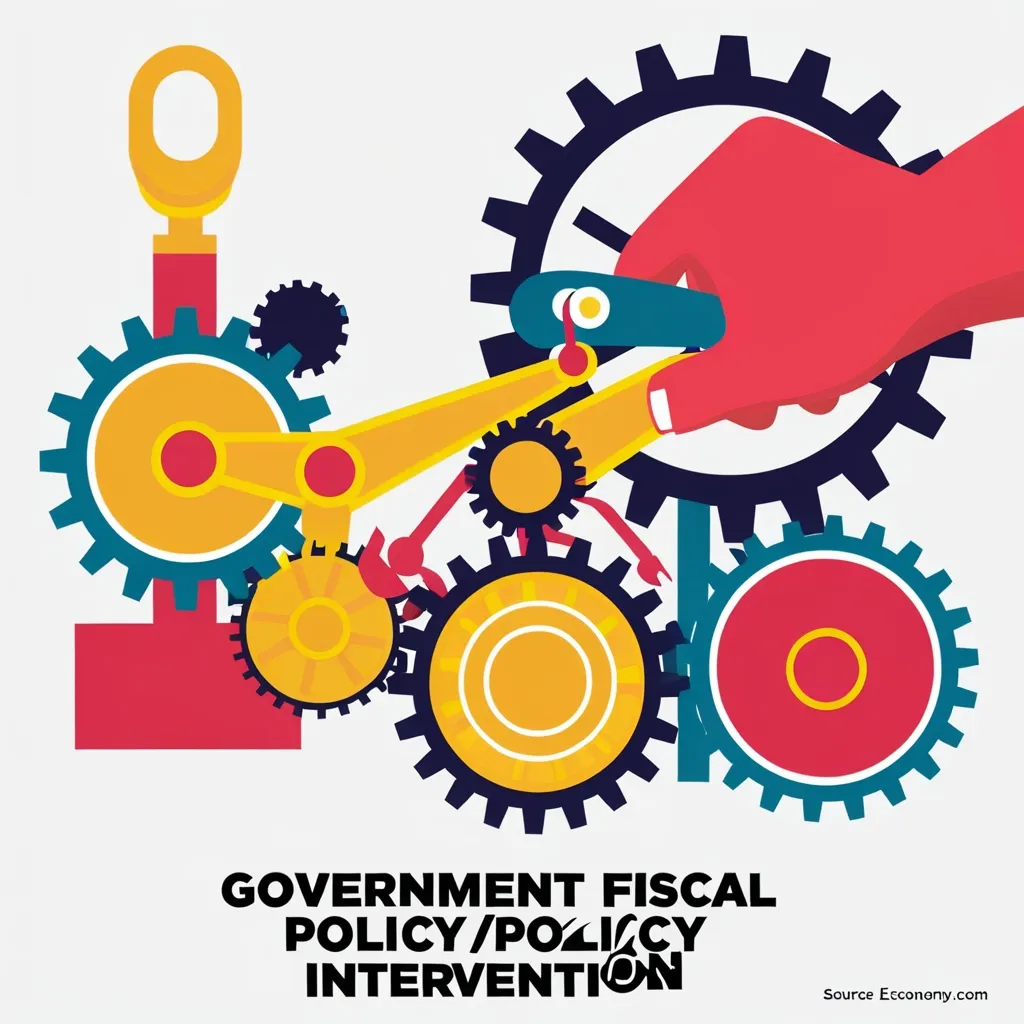When it comes to building wealth, the idea of starting with a substantial amount of money can be daunting, especially for those on a limited budget. However, micro-investing has revolutionized the way we approach wealth accumulation, making it possible to start with just a few dollars or even cents. This method is not just about throwing small amounts of money into the market; it’s a strategic approach that can lead to significant financial growth over time.
The Power of Spare Change
Imagine turning your everyday spending into a wealth-building machine. Spare change roundup apps make this possible by automatically investing the spare change from your purchases into a diversified portfolio. For instance, if you buy a coffee for $3.50, the app might round up the purchase to $4 and invest the $0.50 difference. It may seem insignificant, but these small amounts can add up quickly.
“As the saying goes, ‘A penny saved is a penny earned,’” but in the context of micro-investing, it’s more like ‘a penny invested is a penny grown.’ The key is consistency and patience.
Consistency is Key
Setting up recurring small investments is another powerful way to leverage micro-investing. Whether it’s a weekly or monthly contribution, the act of investing regularly creates a habit that can significantly impact your financial future. Think of it like saving for a retirement plan but starting much earlier and with much smaller amounts.
For example, if you invest just $5 a day with an average annual return of 7%, you could accumulate over $76,000 in 20 years. This is the magic of compounding, where small, consistent investments grow exponentially over time.
Diversification: The Safety Net
Diversifying your micro-investments across various asset classes is crucial for minimizing risk and maximizing returns. Just as you wouldn’t put all your eggs in one basket, you shouldn’t invest all your money in one type of asset. By spreading your investments across stocks, bonds, real estate, and other assets, you create a safety net that protects your wealth from market fluctuations.
“Spread your bets” is a wise piece of advice from Warren Buffett, and it applies perfectly to micro-investing. Diversification ensures that even if one investment performs poorly, others can compensate for the loss.
The Dividend Effect
Reinvesting dividends is a strategy that can accelerate the growth of your micro-investments. Dividends are portions of a company’s profit distributed to its shareholders, and reinvesting them allows you to buy more shares, thereby increasing your stake in the company. Over time, this can lead to a snowball effect where your investments grow at an accelerated rate.
“Compound interest is the eighth wonder of the world. He who understands it, earns it; he who doesn’t, pays it,” said Albert Einstein. Reinvesting dividends is a prime example of harnessing this wonder.
Fractional Shares: Breaking Down Barriers
Fractional share investing is another innovative aspect of micro-investing. Traditional investing often requires buying whole shares, which can be expensive. However, with fractional shares, you can buy a portion of a share, making high-value stocks accessible even with small amounts of money.
This feature breaks down the barriers to entry for many investors, allowing them to invest in companies they believe in without needing a large initial investment.
Mitigating Market Volatility
Market volatility can be a significant concern for any investor, but micro-investing offers a way to mitigate this risk through dollar-cost averaging. By investing a fixed amount of money at regular intervals, you smooth out the impact of market fluctuations. This strategy ensures that you buy more shares when prices are low and fewer shares when prices are high, averaging out the cost over time.
“Dollar-cost averaging can help reduce the timing risks associated with investing in the stock market,” a principle that applies equally to micro-investing.
The Fee Factor
When it comes to micro-investing, fees can eat into your returns, especially if you’re dealing with small balances. Therefore, exploring micro-investing platforms with low or no fees is essential. These platforms often offer pre-built portfolios and automated features that don’t require active management, making them ideal for beginners or those who prefer a hands-off approach.
“Low costs are a key factor in long-term investment success,” a principle that underscores the importance of choosing the right platform for your micro-investments.
Combining Strategies
Finally, combining micro-investing with traditional investment strategies can provide a comprehensive approach to wealth building. While micro-investing is excellent for building habits and growing wealth gradually, traditional investing offers more flexibility and the potential for higher returns.
By using both approaches, you can leverage the accessibility and ease of micro-investing while also benefiting from the expansive options and growth potential of traditional investing. This hybrid approach ensures that you’re covering all bases in your financial journey.
“Know what you own, and know why you own it,” Peter Lynch once said. Combining micro-investing with traditional strategies allows you to have a clear understanding of your entire investment portfolio.
The Journey to Financial Freedom
Micro-investing is not just a strategy; it’s a mindset. It’s about understanding that wealth building is a long-term process that requires consistency, patience, and the right strategies. By leveraging these practical ways to micro-invest, you can start your journey to financial freedom, even with limited funds.
So, where do you start? Here are a few questions to consider:
- What are your financial goals?
- How much can you afford to invest each month?
- Which micro-investing platform aligns best with your needs?
Answering these questions will help you embark on a path that could lead to significant wealth accumulation over time.
In conclusion, micro-investing is more than just a trend; it’s a powerful tool for building long-term wealth. By using spare change roundup apps, setting up recurring investments, diversifying your portfolio, reinvesting dividends, taking advantage of fractional shares, mitigating market volatility, avoiding high fees, and combining strategies, you can create a robust financial plan that sets you up for success.
As the famous investor, Benjamin Graham, once said, “Price is what you pay. Value is what you get.” With micro-investing, you’re not just paying a price; you’re investing in your future value.






